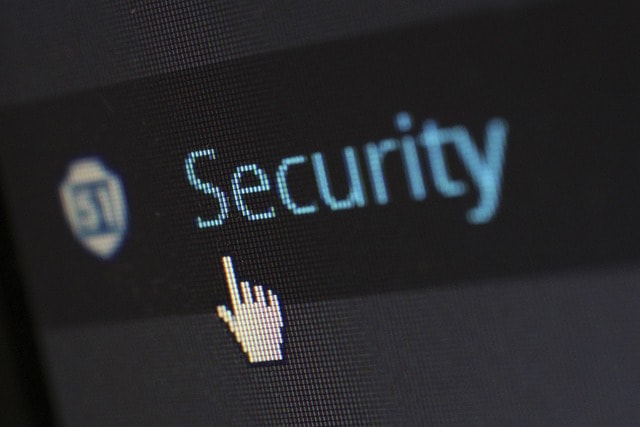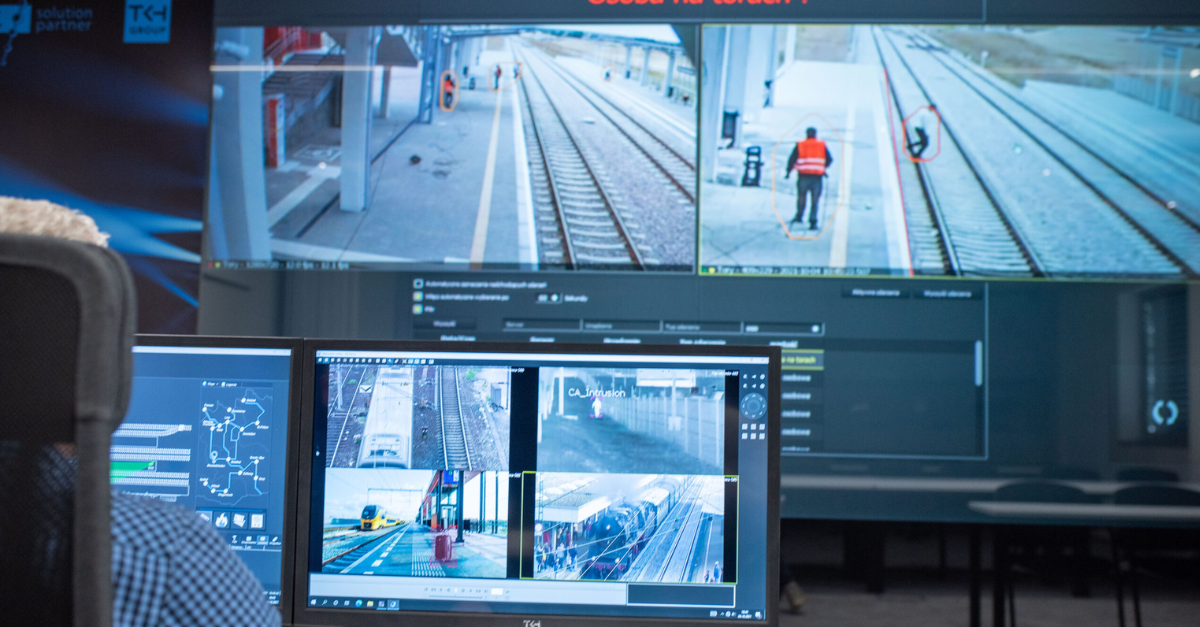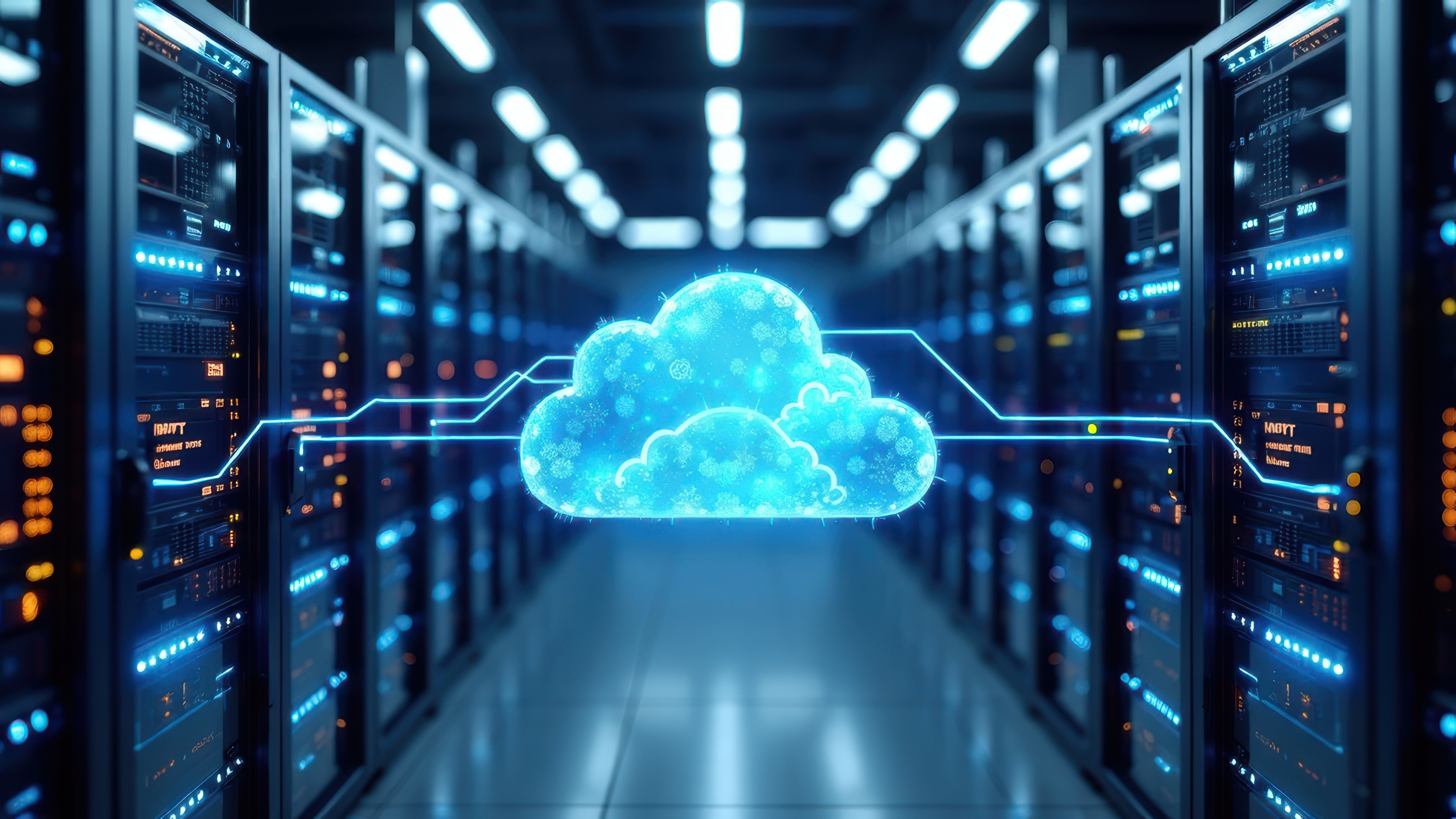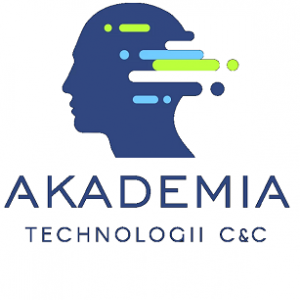Physical and digital security are areas that are rapidly evolving with technological advancements. In 2025, we are witnessing the growing role of innovative technologies such as artificial intelligence, IoT, blockchain, and new service delivery models like Security-as-a-Service (SaaS). In this article, we present the key trends shaping the future of the industry. It is essential to implement innovative solutions in response to the changing threats in the coming years.

Definition and importance of operational technology security
Operational Technology (OT) security refers to a comprehensive set of practices, processes, and technologies aimed at protecting operational systems, networks, and devices from unauthorized access, attacks, or destruction. With the increasing integration of OT with Information Technology (IT), OT security is becoming a crucial element in ensuring the continuity of operations and protecting organizational assets. In 2025, as technologies like IoT and 5G become more widespread, securing OT will become of paramount importance. Organizations must invest in innovative solutions to protect their operational systems from potential threats that could have serious consequences for their operations.
Differences between operational technology security and IT security
OT security differs from IT security in several key aspects. Firstly, OT is typically associated with controlling physical processes and systems, such as manufacturing, transportation, or energy delivery, while IT focuses on protecting data and information systems. Secondly, OT often requires specialized solutions and protocols that differ from those used in IT. Finally, OT is more vulnerable to physical attacks and sabotage than IT. In 2025, due to the growing convergence of IT and OT, security professionals must be aware of these differences and adapt their protection strategies to effectively secure both operational and informational systems.
Artificial intelligence and automation in monitoring
Modern CCTV systems use AI for real-time image analysis. Machine learning algorithms allow for the analysis of vast amounts of data to identify threats. Cameras can automatically detect threats, such as suspicious behavior, and immediately send alerts. AI also enables the identification of individuals and movement analysis, enhancing security effectiveness. In 2025, the key focus will be on using AI for predictive device maintenance, enabling automatic upkeep and reducing the risk of malfunctions. AI and machine learning algorithms will be essential in analyzing vast amounts of data in 2025.

IT-OT convergence and security systems integration (PSIM)
PSIM systems enable comprehensive management of access control, alarms, monitoring, and intercoms. It is critical to understand the components of the operational environment and communication protocols in the context of identity and access management. In 2025, we will see further IT-OT convergence, meaning that physical and digital systems are more tightly integrated, enabling better incident response and streamlining business processes. Moving to cloud-based security management platforms is becoming the standard.
Cloud-based security systems and the Security-as-a-Service (SaaS) model
More companies are adopting cloud solutions that provide flexibility and easier access to data. Rising expectations regarding the quality and longevity of hardware lead organizations to increasingly choose cloud-based security systems that offer appropriate support for software. The growing popularity of the Security-as-a-Service model means organizations can access advanced technologies without investing in infrastructure. However, a key challenge will be ensuring the cybersecurity of these solutions, leading to the adoption of Zero Trust architecture.

IoT development and 5G communication
The Internet of Things (IoT) is revolutionizing security systems, enabling smart management of sensors, locks, and cameras. Artificial intelligence can be used for advanced analytical solutions in the security sector, significantly improving the efficiency and effectiveness of these systems. In 2025, 5G technology will significantly accelerate data transmission, eliminating delays and enabling immediate responses to threats. Advanced analytical algorithms will allow for dynamic adjustment of security levels based on the situation.
Cybersecurity and new data protection methods
With the growing number of connected devices, cybersecurity is becoming a priority. We discuss various aspects of network security, focusing on upcoming trends and challenges in cybersecurity that may arise in 2025. In 2025, adopting multi-layered protection strategies, such as network segmentation and anomaly monitoring, will become standard. AI will be used to analyze cyber threats in real time, enabling more effective mitigation of attacks. A key trend will also be the implementation of security measures for IoT systems.
Biometrics and modern authentication methods
Traditional access control methods are gradually being replaced by biometric technologies, such as facial recognition, fingerprint scanning, and voice identification. In 2025, AI development will improve biometric identification accuracy, reducing false positives and enhancing user convenience. Contactless technologies will become the standard for protecting high-risk facilities.
Blockchain in security systems
Blockchain ensures data integrity and security, making it useful for managing access control and event logs. The growing role of artificial intelligence in cybersecurity protection is also noteworthy, as it becomes a key component of security strategies. In 2025, this technology will be increasingly integrated with IoT, enabling decentralized management of security devices. Implementing blockchain will reduce the risk of data manipulation and ensure full transparency of actions.
Modern threat detection technologies
The rise of advanced detection technologies, such as systems that detect weapons and explosives, will significantly increase safety levels in public places. Attacks on critical infrastructure, such as energy, transportation, or healthcare sectors, can lead to serious consequences, negatively impacting both society and the economy. AI will be used to analyze sounds, identify threats, and integrate with alarm systems. Anomaly recognition technologies are expected to become a crucial component of critical infrastructure protection.
Education and user awareness as a key element of security
Education and user awareness are crucial elements of security in operational technology. Users who are aware of potential OT-related threats and risks are better prepared to take the necessary precautions and respond to incidents. User education should cover topics such as network security, data protection, identity and access management, as well as best practices in OT security. In 2025, as technologies become more advanced, the need for continuous training and awareness raising among employees will grow. Organizations must invest in educational programs to ensure their personnel is up-to-date with the latest threats and protection methods.
The security industry in 2025 is undergoing a dynamic transformation, based on automation, system convergence, and the implementation of new business models such as Security-as-a-Service. Key technologies, including AI, IoT, blockchain, and 5G, allow for the creation of more intelligent and effective security systems. Investing in modern solutions is key to increasing security levels and adapting to evolving threats. Implementing innovative solutions in response to changing threats in the coming years is essential for effectively protecting data and IT systems.

